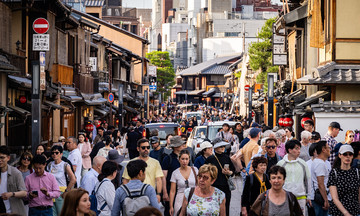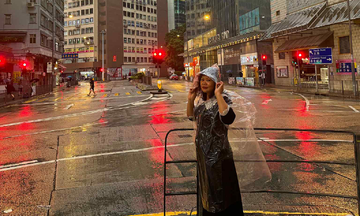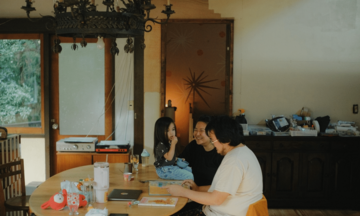Laksmi Wijayanti, owner of Untold Japan Travel, a company specializing in uncovering hidden cultural gems, notes that tattoos generally carry a negative stigma in Japan. However, during a trip to northern Japan, she encountered a woman with facial tattoos. This sparked her curiosity and led her to discover a minority community in Japan for whom tattoos were once integral to their culture: the Ainu people.
The Ainu are the indigenous people of northern Japan, primarily inhabiting Hokkaido island. Believed to be descendants of the ancient Jomon people, the Ainu viewed tattoos (called "sinuye") not just as adornment, but as spiritually significant rituals marking important life stages for women.
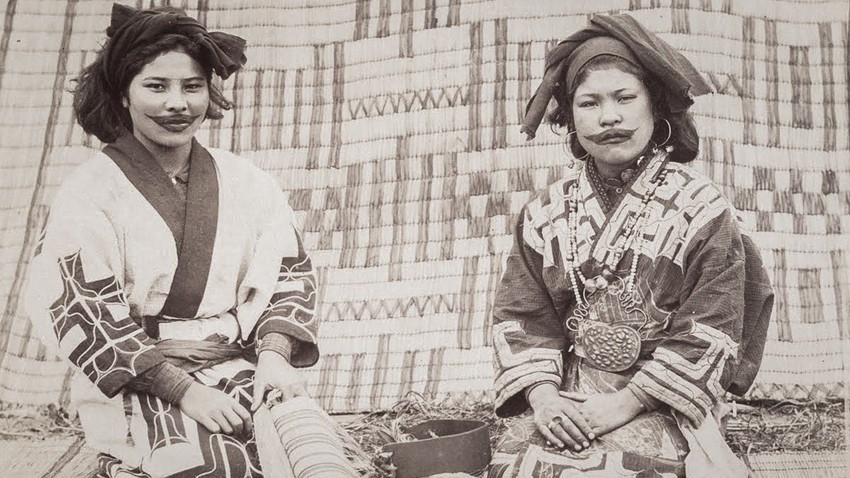 |
Archival photo of an Ainu woman with traditional lip tattoos. Photo: Untold Japan Travel |
Girls as young as 5 or 6 would receive their first tattoos, geometric patterns on the backs of their hands and arms. These were believed to be protective charms, warding off evil spirits and illness.
The most significant ritual was lip tattooing, starting around ages 12 to 13 and continuing over several years until a woman was ready for marriage. Beginning with a small dot on the upper lip, the tattoo would gradually expand to encircle the mouth and curve up towards the cheeks, resembling a permanent smile. This tattoo was almost a prerequisite for marriage and ensured passage to the afterlife.
Experienced elder women performed the tattooing using a small knife called a "makiri." Before steel "makiri" were available, razor-sharp stone blades wrapped in thread, with the tip exposed to control cutting depth, were used. Ash-soaked cloths acted as antiseptic wipes for the cuts, which were then rubbed with soot from the bottom of a pot to create the pigment. The tattooist would chant or sing, imbuing the markings with spiritual power. The process was painful, often causing fever and swelling for days.
According to late 19th-century Smithsonian ethnologist Romyn Hitchcock, tattooists encouraged the women to remain still despite the pain. Enduring this pain was believed to strengthen the girls for childbirth.
However, starting in the late 18th century, the Japanese government began suppressing Ainu customs in an effort to assimilate them. In 1871, the Hokkaido Development Commission officially banned the practice, deeming it "barbaric." To this day, many Japanese associate tattoos with criminality and bodily defacement.
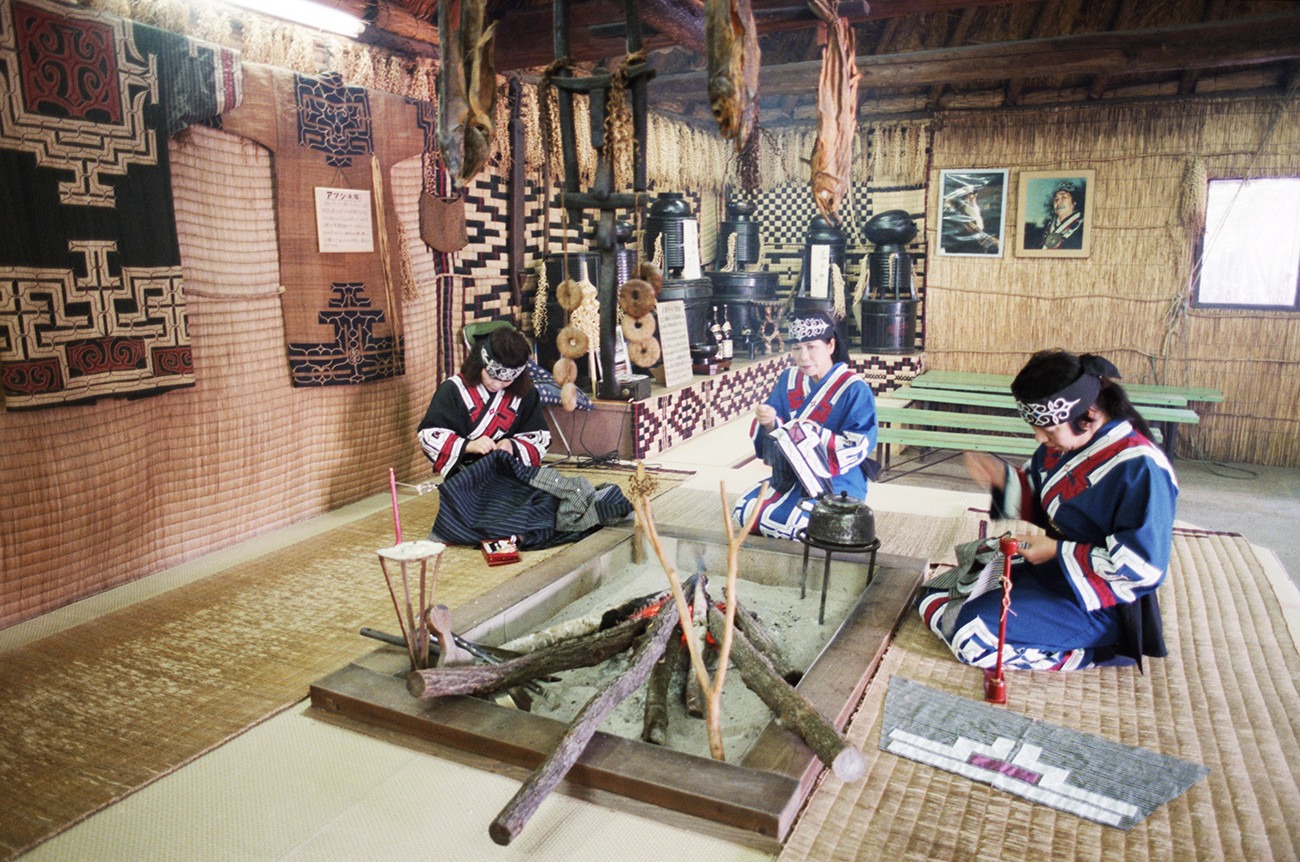 |
Ainu people today. Photo: RBTH |
The Ainu initially resisted these laws, as traditional tattoos were prerequisites for marriage and entry into the afterlife. An 1880s report describes the Ainu as "grieved and distressed" by the tattoo ban, fearing the gods' anger and believing their women couldn't marry without the tattoos.
The last traditionally tattooed Ainu woman passed away in 1998. Today, Ainu women no longer receive tattoos, but they still seek connections to their heritage. During festivals, some paint similar patterns on their faces with makeup.
Visitors interested in learning more about this unique culture can visit the Upopoy National Ainu Museum and Park in Shiraoi, Hokkaido. As the largest center for Ainu culture, it showcases artifacts, reconstructs traditional housing, and hosts artistic performances, offering insights into a facet of Japan's diverse history.
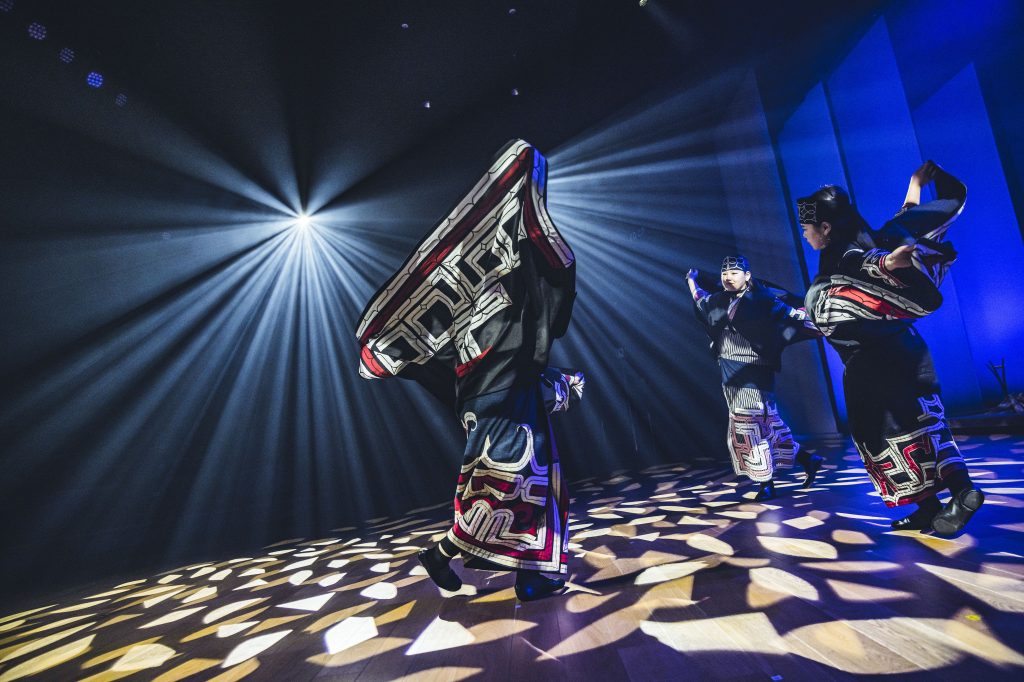 |
A performance showcasing Ainu culture. Photo: National Ainu Museum |
Hoai Anh (Untold Japan Travel, Me Time JP, Lars Krutak)




